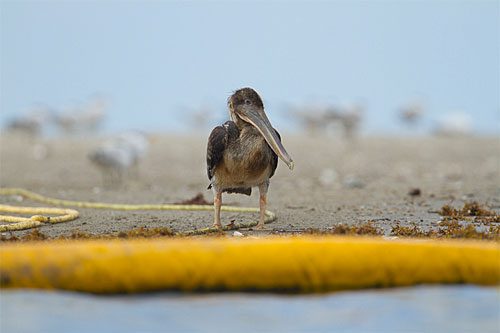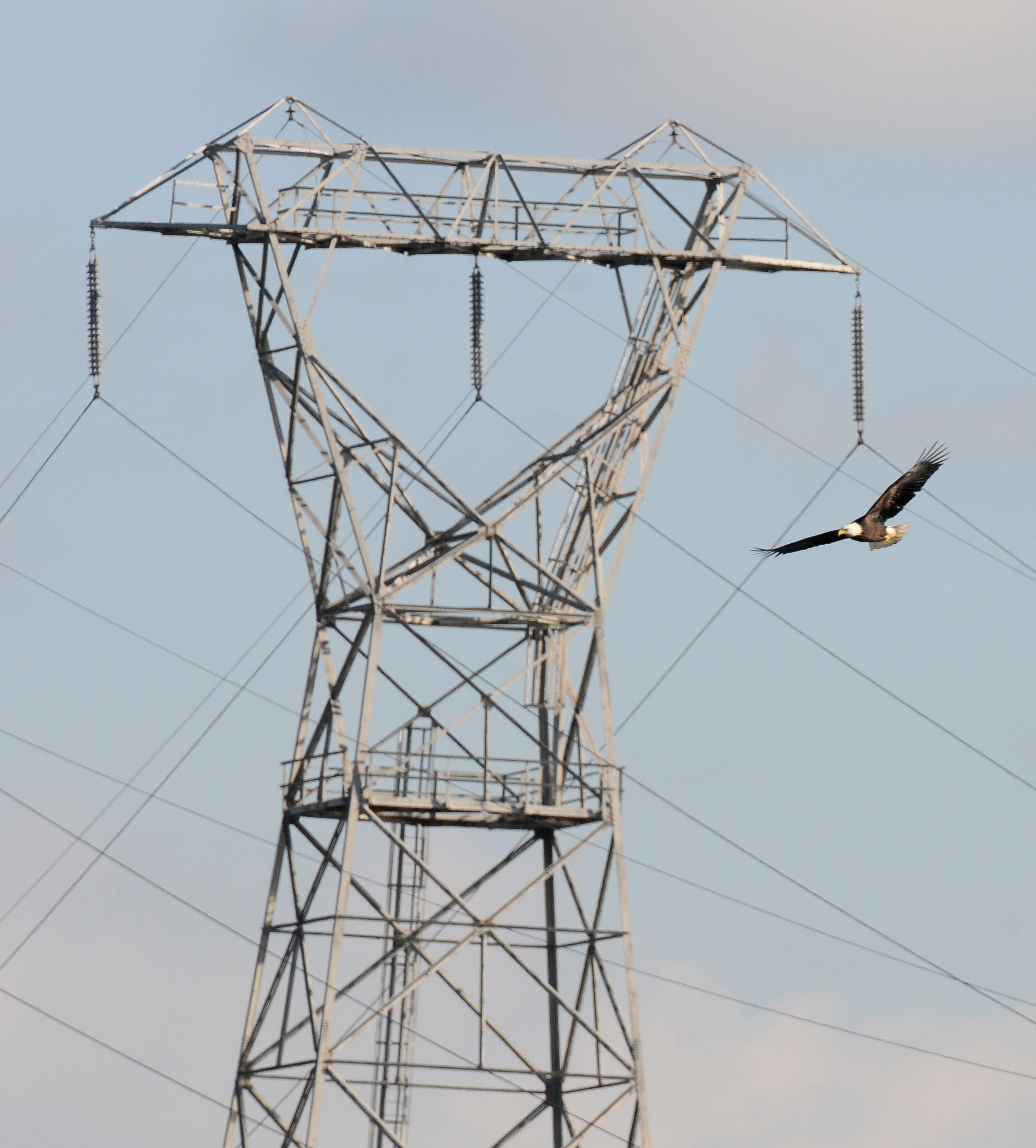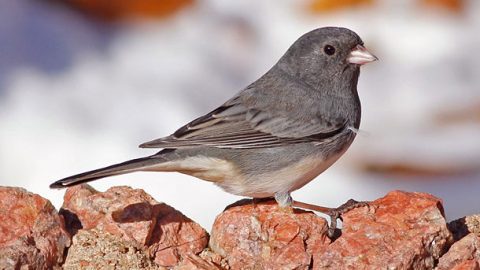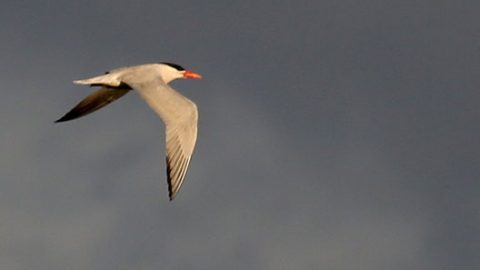Analysis: Reinterpretation of Migratory Bird Treaty Act Runs Counter to Spirit of the Law
By Lynn Scarlett
March 29, 2018
Lynn Scarlett was the Deputy Secretary and Chief Operating Officer of the U.S. Department of the Interior under President George W. Bush. She is currently the Co-Chief External Affairs Officer at The Nature Conservancy, and she chairs the Science Advisory Board of the National Oceanic and Atmospheric Association.
Over a century ago, then-Congressman John Lacey of Iowa observed of the Passenger Pigeon: “a single generation has seen them swept away.” He wrote at a time when other bird populations—egrets, herons, spoonbills, and more—faced decimation, slaughtered for their plumage. Bird populations once deemed so abundant by John James Audubon that he imagined their populations impossible to annihilate were imperiled. And the Passenger Pigeon, once numbering perhaps in the billions, went extinct.

Eying this decimation 100 years ago, federal lawmakers passed one of our nation’s foundational conservation laws, the Migratory Bird Treaty Act. The Act was emphatic: “unless and except as permitted… it shall be unlawful at any time, by any means or in any manner, to pursue, hunt, take, capture, kill…any migratory bird….” As threats to birds have broadened, the Act has served to protect them not just against hunting without permits, but also against “incidental take” from foreseeable harms like oil spills, wind turbines, and transmission lines.
For at least five decades, Republican and Democratic administrations alike have understood the Act to prohibit the “taking” and “killing” of birds without permits, whether by hunting or other means. In December 2017, the Department of the Interior abruptly shifted course, when Interior’s Deputy Solicitor issued a memorandum narrowing interpretation of the Act to apply only when killing or “taking” birds is the purpose of the action, as in hunting. This memorandum alters decades of interpretation of how to implement the Act.
Last month, over a dozen former federal officials (including me) sent a letter to current Interior Secretary Ryan Zinke. The letter—signed by Republicans, Democrats, career civil servants who previously oversaw implementation of the Act, and presidential appointees—noted that the Act “was clearly intended to control hunting, but if Congress had meant hunting only, they would have said hunting. They did not. They made it unlawful to kill birds, by any means, at any time.”
More About the Migratory Bird Treaty Act
As with so many matters of law, interpretations of scope vary, and implementation often requires judgement. So it is with the Migratory Bird Treaty Act. Does killing from collision with high-rise buildings count? What about road kills? What about killing by household pets? The Deputy Solicitor’s memo argues that interpreting the Act to include such actions leads to “absurd results” and turns just about everyone “into a potential criminal.” (Here’s additional analysis of the issue from the Cornell Lab’s director and director of conservation science.)
But the Solicitor’s memorandum is unhelpful—it establishes Interior Department policy on what constitutes actions covered by the Act, thereby sidestepping some relevant U.S. court decisions while leaving unaddressed many activities that seriously imperil birds and are both foreseeable and avoidable, such as the use of uncovered oilfield evaporation ponds or poorly sited wind turbines. Interpreting the Act to include incidental killing from these sorts of activities has spurred cooperative efforts by commercial fishing operations, energy producers, transmission line operators, and others to implement safeguards to minimize impacts on birds.

Some federal courts have affirmed that the Act covers prohibition of these “incidental” killings, but the courts have not been consistent in this interpretation. Though the Act is very clear in prohibiting the killing and taking of birds “at any time or in any way,” there is room for further consideration of just what is covered by the Act. And there are some legitimate practical implementation questions.
In our letter to Secretary Zinke, the former Interior officials underscored that “the challenging question has always been to what extent the law applies to activities not intended to kill birds, but which are reasonably likely, and indeed, quite likely to kill them.” Addressing this question requires deliberation, inclusive dialogue, and a dose of common sense.
On this front, federal agencies, working with the private sector in implementing the Act, have helped minimize gross negligence and otherwise foreseeable harms to birds. More can always be done to avoid unwarranted prosecutions. But the Deputy Solicitor’s memorandum sets aside the sort of deliberation and collaboration that for decades has sustained bird conservation, replacing it with a narrow interpretation that is neither consistent with the plain language of the law nor conducive to inspiring conservation.

All About Birds
is a free resource
Available for everyone,
funded by donors like you
American Kestrel by Blair Dudeck / Macaulay Library




